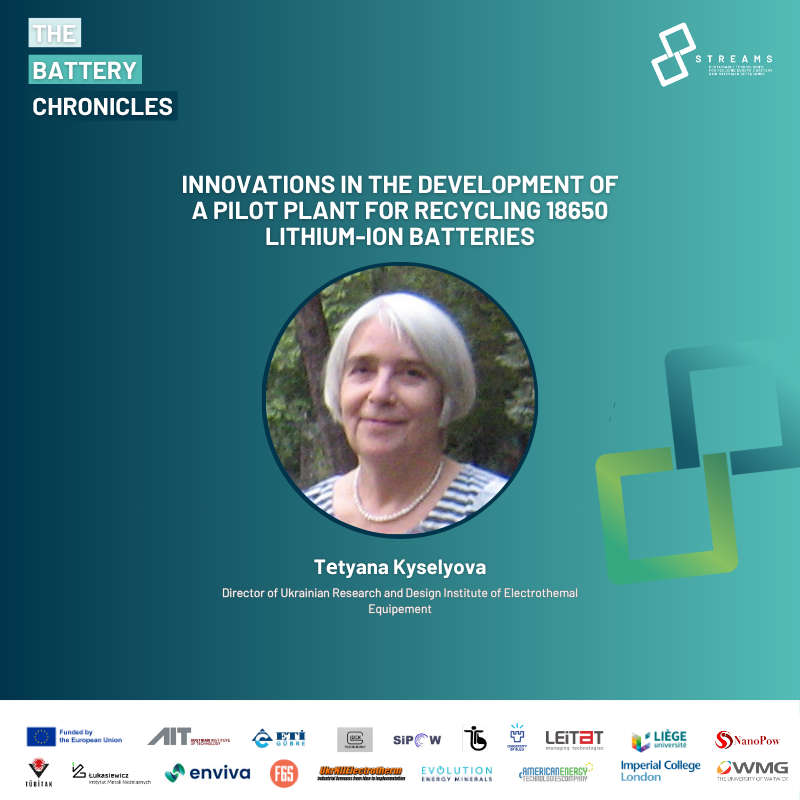When designing a facility for recycling lithium-ion batteries to reuse the recovered materials in subsequent battery production, the institute (UNE) took a responsible approach to the development, selection, and layout of the equipment. Each element and stage of the planned production was carefully considered to ensure not only the final product but also the maximum efficiency, energy-saving, environmentally friendly, and scalable processes for further implementation.
In the first stage—battery dissection—our objectives were to increase the line’s throughput, reduce manual labor, and select the technology and equipment for the most complete recovery of the battery cells. The result was a compact, mechanized line layout.
The previously developed fluidized bed furnaces required adjustments and modifications to improve their performance and the optimal energy connection option. The induction furnace required adjustments to the crucible design, structural support for centering the crucible stack when loading it into the furnace, and calculation of the protective atmosphere performance based on permissible velocities above the surfaces of crucibles containing powdered graphite. This resulted in an improved crucible design, a determined nitrogen flow rate, and, consequently, the requirements for the nitrogen generation system.
An additional task was the design of the graphite crucible fabrication area due to the high cost of outsourcing. This involved selecting the primary material, developing designs for securing the saw and graphite cylinder to frames, protective elements to reduce dust in the work area during saw operation, developing devices for shifting the graphite cylinder and removing the cut-off disk, and developing the area layout. The development of a calcination furnace (for the transformation of petroleum pitch on the surface of powdered spherical graphite into calcined coke) involved selecting the furnace type – a Roller Hearth Kiln – and deciding on its modular design and loading movement method – a cyclical process. This work included developing solutions aimed at improving the composition of the working atmosphere and removing volatile substances formed during calcination, reducing losses of the initial product, and ensuring continuous production. In addition, calculations were performed to determine the furnace and module dimensions, as well as the required capacity of the nitrogen production unit. Thermal calculations were performed for the optimal design of the cooling chamber (as a result, forced indirect air cooling was adopted). The designs of the drives and dampers for the inlet and outlet chambers of the furnace (high level of tightness) were developed. Work has begun on developing a schematic diagram of the exhaust gas cleaning system from the furnace.
You can download the full article here.

